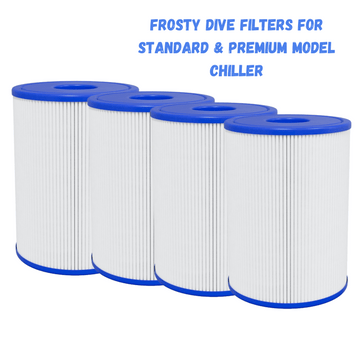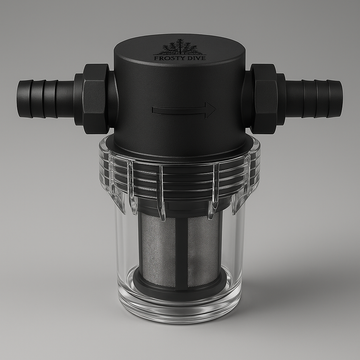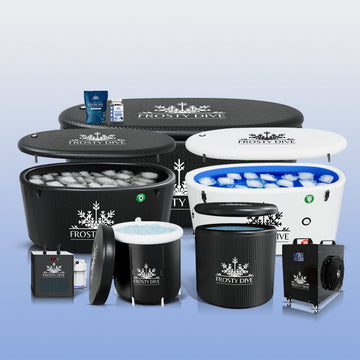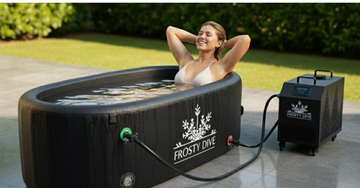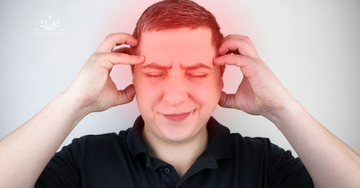Cold plunge therapy, also known as cold water immersion, involves submerging the body in cold water, typically between 50°F to 59°F (10°C to 15°C), for short durations. This practice has been embraced for its potential benefits, including reduced muscle soreness, improved circulation, and enhanced mental clarity. Maintaining the appropriate water temperature is crucial to maximize these benefits and ensure safety.
Understanding Cold Plunge Therapy
Cold plunge therapy has roots in various cultures and has been used for centuries to promote health and well-being. By immersing the body in cold water, individuals may experience a range of physiological responses that contribute to recovery and overall health.
Benefits of Cold Plunge Therapy
-
Muscle Recovery: Athletes often use cold plunges to alleviate muscle soreness after intense exercise. The cold water may help reduce inflammation and speed up the recovery process.
-
Improved Circulation: Exposure to cold water can cause blood vessels to constrict and then dilate upon exiting the plunge, potentially enhancing blood flow and promoting cardiovascular health.
-
Mental Clarity and Mood Enhancement: Cold immersion may stimulate the release of endorphins, leading to improved mood and increased alertness.
Importance of Maintaining Optimal Water Temperatures
The effectiveness and safety of cold plunge therapy are closely linked to water temperature. Maintaining the water within the recommended range of 50°F to 59°F (10°C to 15°C) is essential. Water colder than this range can increase the risk of hypothermia and other adverse effects, while warmer water may not provide the desired therapeutic benefits. Guidelines for Cold Plunge Sessions
-
Duration: For beginners, starting with immersions of 1 to 3 minutes is advisable. As tolerance builds, sessions can be extended up to 5 to 10 minutes.
-
Frequency: Engaging in cold plunge therapy 3 to 4 times per week may yield significant benefits.
-
Monitoring: It's important to listen to your body. If you experience excessive shivering, numbness, or discomfort, exit the water promptly.
Safety Considerations
While cold plunge therapy can be beneficial, it's not suitable for everyone. Individuals with cardiovascular conditions, respiratory issues, or other health concerns should consult a healthcare professional before beginning cold water immersion. Always ensure that the water temperature is within the safe range and that sessions are conducted in a controlled environment.
Conclusion
Cold plunge therapy offers a range of potential health benefits, from aiding muscle recovery to enhancing mental well-being. Maintaining the water temperature between 50°F to 59°F (10°C to 15°C) is crucial to ensure both safety and effectiveness. By adhering to recommended guidelines and paying attention to your body's responses, you can incorporate cold plunge therapy into your wellness routine safely.













